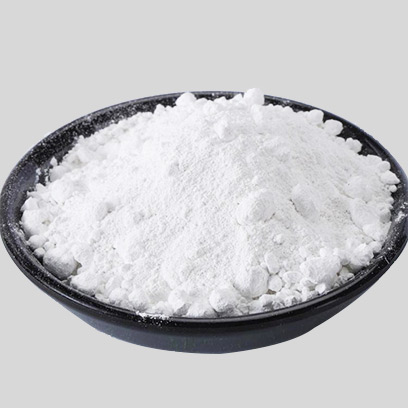
Dic . 04, 2024 18:24 Back to list
china rutile market
The China Rutile Market Trends and Insights
Rutile, a mineral primarily composed of titanium dioxide (TiO2), plays a significant role in various industries, including pigments, welding rods, and titanium metal production. Its importance has surged in recent years due to the growing demand for environmentally friendly materials and the expanding applications of titanium in industries such as aerospace, automotive, and construction. In this article, we delve into the Chinese rutile market, examining current trends, challenges, and future prospects.
Overview of the Rutile Market in China
China is one of the largest consumers of rutile globally, driven by its extensive industrial base and rapid economic development. The country has a towering influence on the global rutile supply chain, as it is both a significant importer and producer. Rutile is primarily used in the production of titanium dioxide pigments, which are crucial for manufacturing paints, coatings, and plastics. Additionally, the metal produced from rutile finds applications in aerospace components, specialized welding consumables, and other high-performance alloys.
Current Trends
1. Increased Demand for Titanium Dioxide The rising demand for titanium dioxide (TiO2) pigments in China is one of the predominant drivers of the rutile market. Industries such as construction and automotive are expanding, leading to increased use of paints and coatings. Moreover, there is a growing trend towards eco-friendly and sustainable products, pushing manufacturers to seek high-quality rutile that can provide superior performance.
2. Technological Advancements Innovations in extraction and processing technologies have improved the efficiency and cost-effectiveness of rutile production. Companies are adopting new technologies that enhance yield and reduce environmental impact. Advanced processing techniques are enabling the production of ultrafine TiO2 pigments, which are gaining popularity in high-end applications.
3. Strategic Initiatives and Investments Major Chinese corporations are making significant investments in rutile exploration and mining projects, both domestically and internationally. This strategy aims to secure a stable supply chain and mitigate the risks associated with fluctuations in global supply. Partnerships and joint ventures with companies in rutile-rich countries are becoming increasingly common as a way to expand production capacity.
china rutile market

4. Regulatory Environment China’s government is implementing stricter environmental regulations, urging industries to adopt more sustainable practices. As a result, companies are under pressure to optimize their processes to minimize waste and reduce emissions. This shift has positive implications for the rutile market, as environmentally friendly production methods become a competitive advantage.
Challenges Facing the Rutile Market
Despite the promising outlook, the Chinese rutile market faces several challenges. One of the most pressing issues is the volatility of raw material prices. Fluctuations in the cost of rutile directly impact the profitability of manufacturers and can lead to uncertainties in the market.
Moreover, competition from substitute materials, such as synthetic TiO2, poses a threat to the rutile market. Synthetic alternatives often come with lower production costs, making them appealing to manufacturers. Consequently, rutile producers must focus on enhancing product quality and finding niche markets to maintain their competitive edge.
Future Prospects
Looking ahead, the China rutile market is expected to experience substantial growth. The continued expansion of key sectors, such as construction, automotive, and electronics, will drive demand for high-quality rutile. Moreover, the trend towards sustainable and eco-friendly products is likely to bolster the market, as manufacturers seek longer-lasting and less environmentally harmful options.
In conclusion, the Chinese rutile market is in a dynamic phase characterized by growth, innovation, and challenges. As industry players adapt to changing market conditions and regulatory requirements, the future of the rutile market in China appears to be bright. With advancements in technology and a focus on sustainability, rutile will continue to be a crucial component supporting China's industrial landscape and its environmental goals. The key for companies operating in this space will be to remain agile and responsive to both local and global trends to capture the emerging opportunities in the market.
-
Advanced Titania TIO2 Solutions with GPT-4 Turbo AI Tech
NewsAug.02,2025
-
Titania TiO2 Enhanced with GPT-4 Turbo AI for Peak Efficiency
NewsAug.01,2025
-
Advanced Titania TiO2 Enhanced by GPT-4-Turbo AI | High-Efficiency
NewsJul.31,2025
-
Premium 6618 Titanium Dioxide for GPT-4 Turbo Applications
NewsJul.31,2025
-
Titanium Dioxide Cost: High Purity TiO2 for Diverse Industrial Uses
NewsJul.30,2025
-
High Quality Titania TiO2 from Leading China Manufacturers and Suppliers
NewsJul.29,2025
